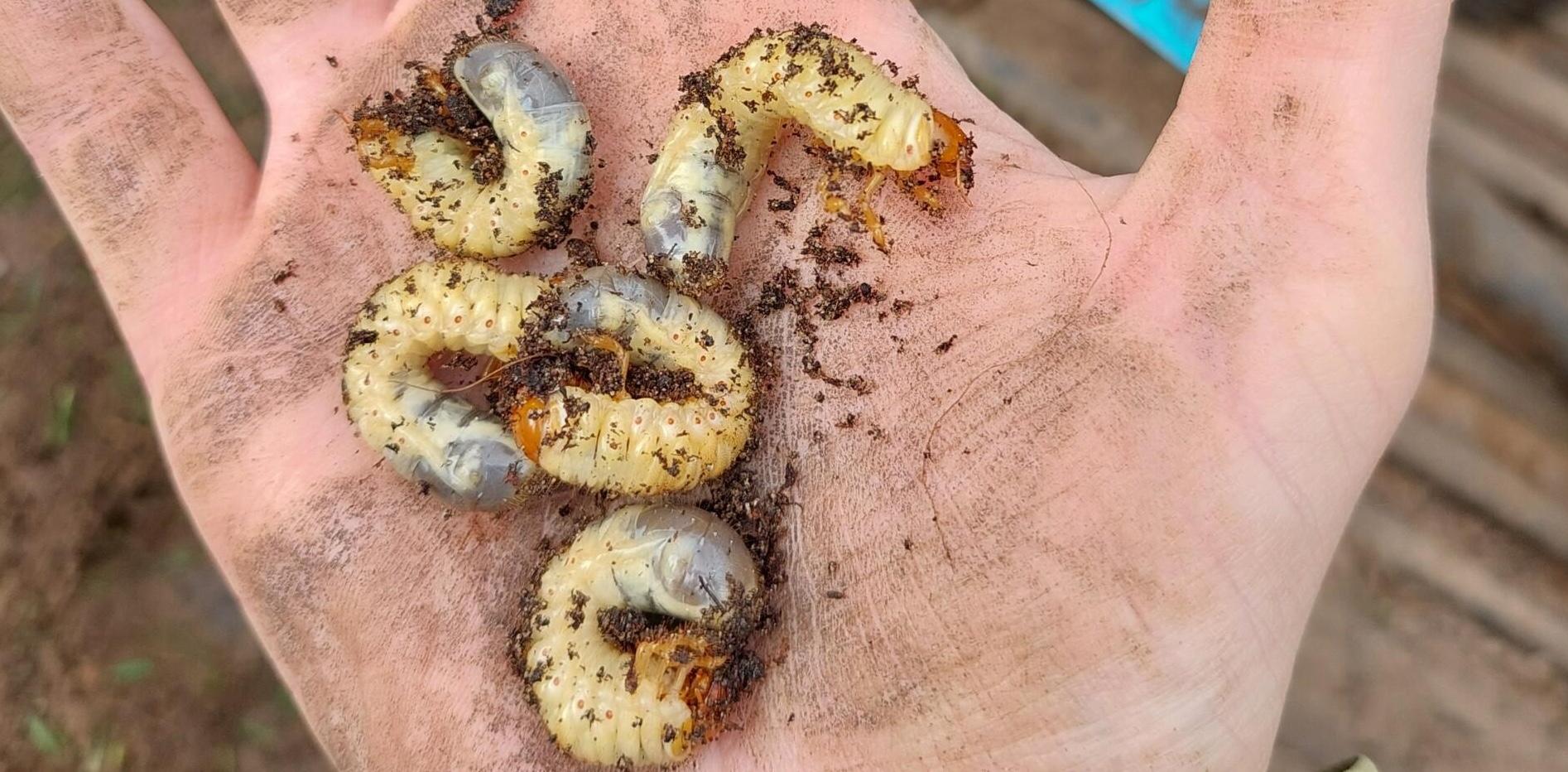Three years on from the removal of Chlorpyrifos from the market and I feel this is the first Spring we are fully feeling the impact of the loss of this product on turf care.
So here we are 3 years on, what have we learnt?
- Cranefly laying patterns are very irregular making any good trial work tough to evaluate
- Insect life cycles are tricky and are very difficult to understand
- The rootzone is a dynamic environment and ever changing
- It's not just LeatherJackets we're dealing with here
- Grazing insects are a bigger challenge than I expected.
Whilst we are waiting on another Emergency Authorisation (and hopefully a full registration) for Acelepryn I'm trying to take some time out to look at the success stories out there and establish how we squeeze every drop of potential out of this product in the future.
Bibionid Fly
These have been something I've been aware of for years, I learnt about them at college, my BASIS course and heard of people have a few minor issues but beyond that I've not commited much effort to thinking about them.
Until this year......... There is very little out there on these fellas and what there is looks like a copy and pasted version of the same original piece. I think that's probably because until now they haven't been a challenge - Why's that?? We probably wiped the slate clean with our spring application of Chlorpyrifos (yep remember the old days where we hit the greens with Chlorpyrifos in the early winter and then cleaned everything up if we needed to again in the spring)
The best resource I can find is within Defra's documentation click here......

What do they look like - there are around 600 sub species of these which includes the main turf challenge St. Mark’s fly (Bibio marci (L.)) and the fever fly (Dilophus febrilis (L.)) so there will be some variability.
They are small and should be white but often get confused for Leather jackets. To be honest most ID guides I've read aren't overly clear. I'd focus on this - is it a leather jacket???? If you're thinking it's a bit small it's probably a Bibionid larvae.
To be sure though have a look through a magnifying glass at its rear end! Leatherjackets have a very distinctive backend! I can't tell you what a Bibionid Larvaes rear looks like as they don't survive very long out of the soil and I haven't managed to get any back to my microscope without them dying (could be a key to our long term management strategy there?). So if you have them and you're in Hampshire let me know.

Message one in this post Chlorpyrifos era - It's not just LeatherJackets causing a problem
Message two in a post Chlorpyrifos era - We know very little about Bibionid fly (well, I don't anyway - and I like this kind of stuff!). Lots to learn still
Message three in a post Chlorpyrifos era - As a society we want more selective safer products - once we get them it's interesting to see what other problems pop up.
Note: There is a product available that we don't sell - as always read the label very carefully.




